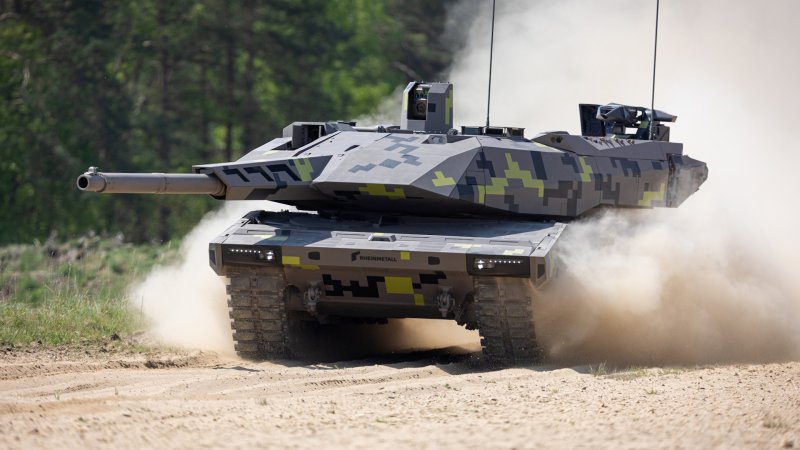The German Ministry of Defense has recently confirmed the initiation of the first contracts for the development of the future Leopard 3 tank, a crucial step in modernizing the Bundeswehr’s armored capabilities. These developments are part of Germany’s ongoing efforts to maintain a strong military fleet, with a focus on the transition until the Main Ground Combat System (MGCS) is operational in 2045, a program being developed in close cooperation with France.

In contrast to the French Ministry of Armed Forces’ decision not to fund an “interim” solution while waiting for the MGCS, Germany has deemed a transitional solution necessary. This approach is part of Germany’s strategy to advance its armored vehicle technologies in the short term while focusing on long-term developments.
The future Leopard 3, a significantly upgraded version of the current Leopard 2, will not rely on the existing Leopard 2A8 but will feature numerous technological and operational improvements. The German Ministry has awarded several contracts to support the development of this next-generation tank, which is expected to be equipped with Rheinmetall’s 130mm smoothbore gun. This choice aligns with Rheinmetall’s ongoing work to create a new ammunition suite, with contracts awarded for the development of at least three distinct 130mm shell models.
Further solidifying Rheinmetall’s role in the design of the Leopard 3, the German Ministry has tasked Hensoldt and KNDS Deutschland with studies related to the tank’s fire control system. Hensoldt will focus on developing a system for automatic field adjustment, adaptable to all variants of the Leopard 2, thus ensuring compatibility across the entire vehicle family, while KNDS Deutschland will work on compensating for thermal effects on the gun, which can impact its accuracy.
KNDS Deutschland will also be responsible for designing a new propulsion system for the Leopard 3, known as OLYMP. The engine, which will be manufactured by Liebherr, is expected to utilize components from existing systems to enhance the agility of the drive chain while integrating new technologies, including an alternative combustion engine.
